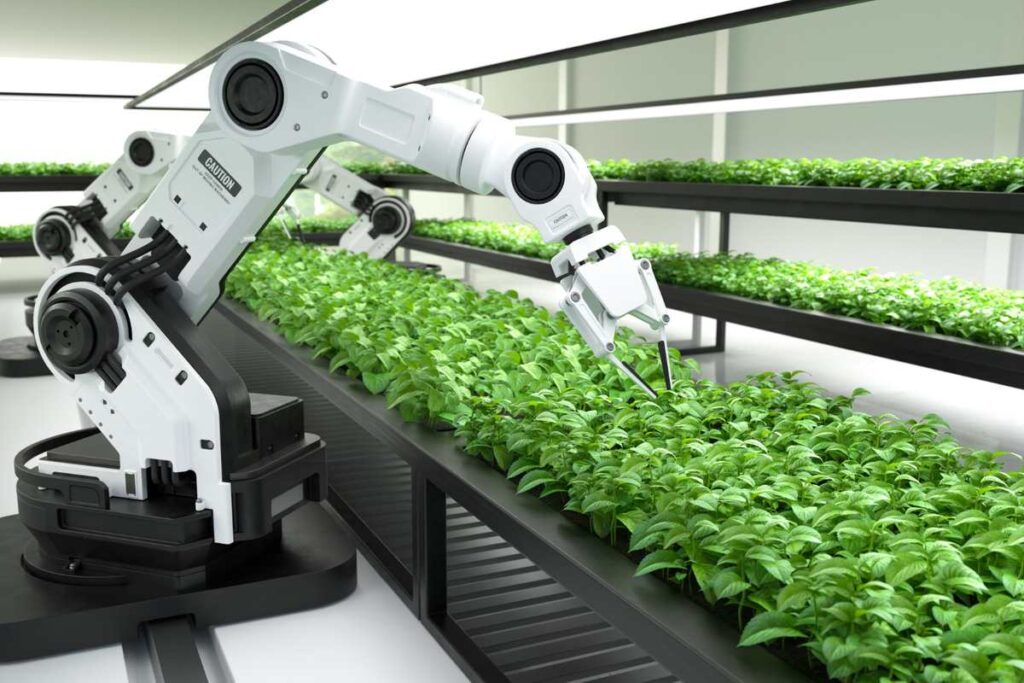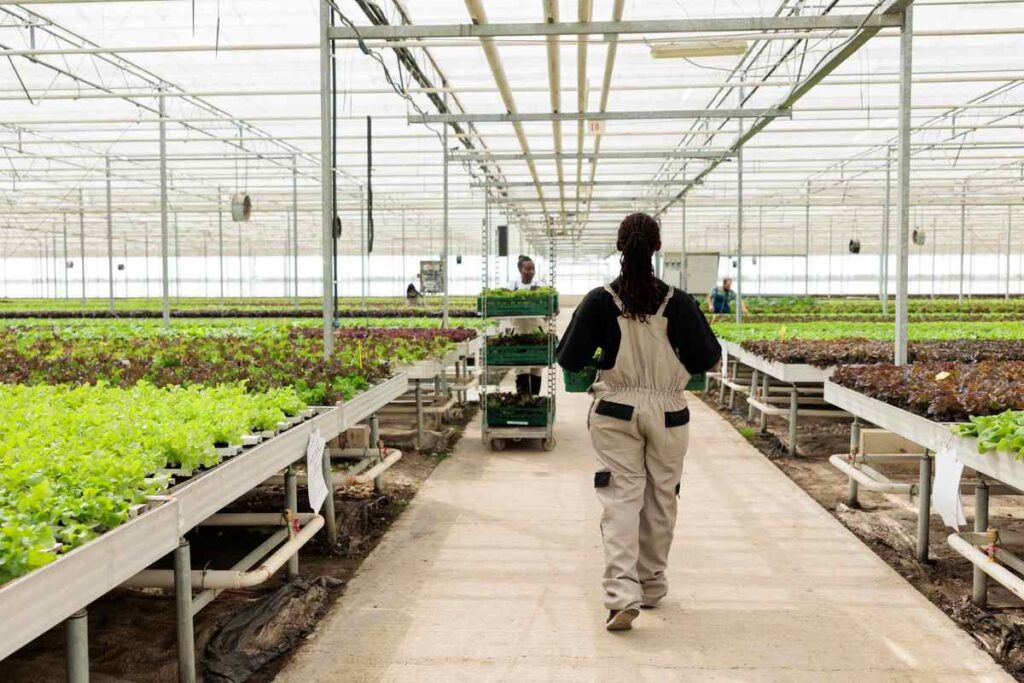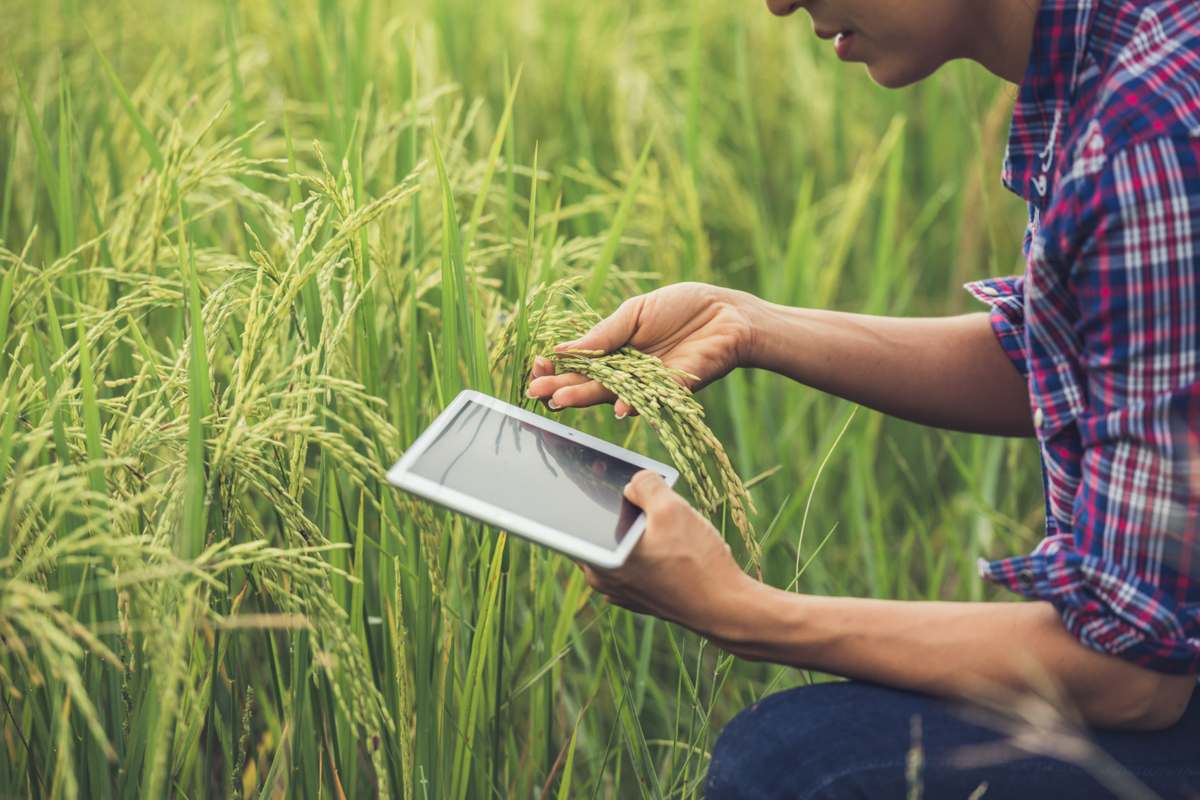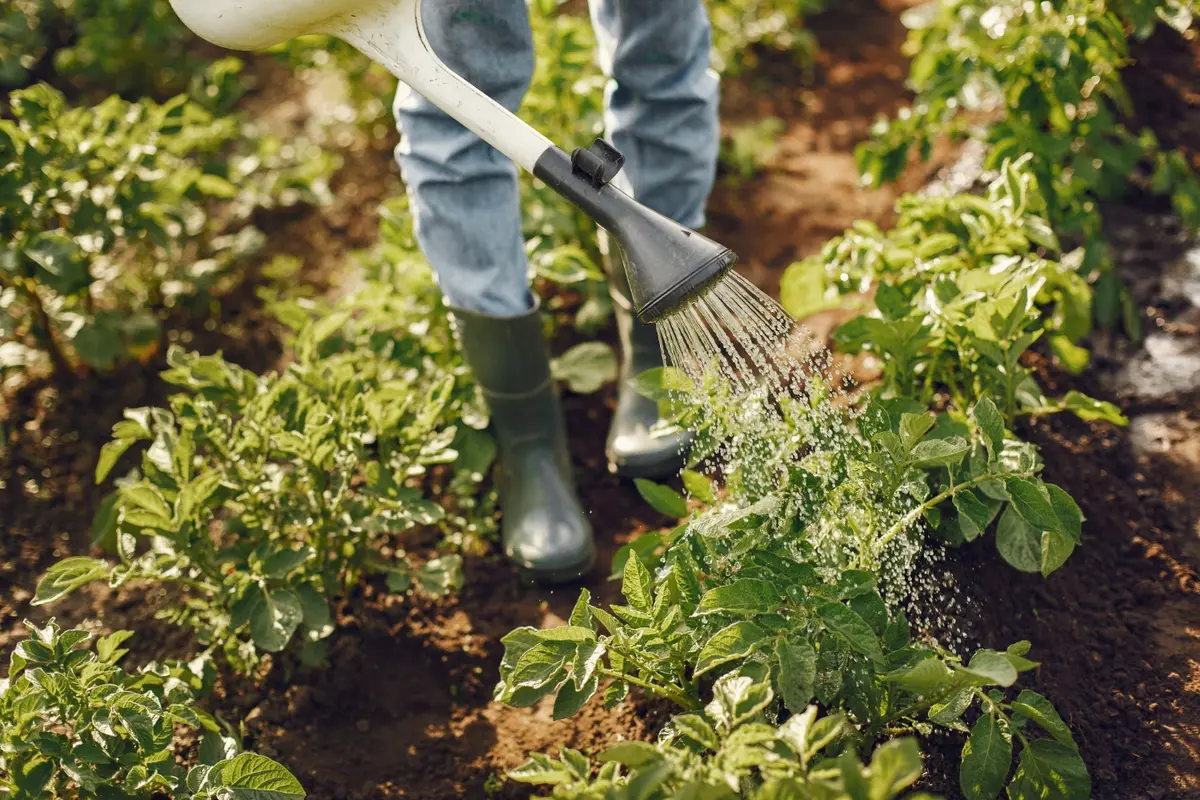Precision farming, also referred to as precision agriculture, is a modern farming approach that utilizes technology and data-driven techniques to improve the efficiency, productivity, and sustainability of agricultural practices. It goes beyond traditional farming methods by providing numerous advantages that boost overall agricultural efficiency and sustainability. Unlike conventional farming, precision farming utilizes advanced technologies like GPS, sensors, and data analytics to precisely adjust inputs such as water, fertilizers, and pesticides to meet the specific requirements of each crop, reducing resource wastage. By utilizing real-time monitoring and data analysis, farmers can obtain valuable insights into crop health, soil conditions, and overall farm performance, resulting in higher yields and cost-effectiveness.
It is important to acknowledge that while precision farming offers many benefits, there are also drawbacks associated with it. Recognizing and finding solutions to these disadvantages is essential for the successful and sustainable adoption of precision farming, guaranteeing that the advantages outweigh the obstacles for farmers and the agricultural industry as a whole. In this article, we will discuss all the advantages and disadvantages of precision farming in detail.
Table of Contents
Advantages of Precision Farming

1. Resource Efficiency
Precision agriculture allows farmers to accurately apply resources like water, fertilizers, and pesticides according to the unique requirements of different sections of the field, leading to a decrease in excess usage, thus reducing waste and environmental harm.
2. Improved Crop Yields
Precision farming enables farmers to customize their practices based on the specific needs of each crop, guaranteeing that every section of the field receives the ideal allocation of resources. This focused strategy plays a crucial role in enhancing crop yields and overall productivity.
3. Cost Savings
Precision farming enables farmers to decrease input costs by utilizing resources more effectively. This encompasses cost savings on fuel, water, fertilizers, and pesticides, ultimately resulting in enhanced economic returns.
4. Data-Driven Decision Making
Precision agriculture utilizes information gathered from a variety of sources, including sensors, drones, and satellite imagery. By analyzing this data, farmers are able to make well-informed choices about planting, irrigation, and pest control, ultimately enhancing the efficiency of farm operations.
5. Real-Time Monitoring
Precision agriculture technologies enable farmers to monitor crop conditions, soil health, and equipment performance in real-time. This empowers farmers to quickly address problems like pest outbreaks or nutrient deficiencies, ultimately preventing potential crop damage.
6. Labor Savings
Precision farming technologies frequently incorporate automated or semi-automated machinery, which diminishes the need for manual labor in activities like planting, harvesting, and spraying. This results in labor cost savings and improved operational productivity.
7. Risk Mitigation
Farmers can enhance their risk assessment and mitigation strategies by obtaining comprehensive data on field conditions. This valuable information enables them to proactively anticipate and address various factors that may pose risks, including weather-related hazards, diseases, and market fluctuations. By leveraging this detailed knowledge, farmers can effectively manage and minimize potential threats to their crops and overall agricultural operations.
8. Improved Quality of Produce
Precision agriculture plays a crucial role in maintaining consistent crop quality through the implementation of standardized inputs and management techniques. This is especially vital for crops that rely on specific conditions to achieve optimal growth and quality.
9. Enhanced Sustainability
Precision farming techniques play a crucial role in ensuring sustainable agriculture by mitigating the environmental consequences of farming activities. By minimizing the use of chemicals, enhancing water management, and implementing conservation practices, precision farming fosters long-term environmental sustainability.
10. Technological Innovation
Precision agriculture is an ever-evolving industry, constantly being shaped by technological advancements. Those who embrace precision agriculture stand to gain from the continuous progress in sensors, robotics, artificial intelligence, and data analysis.
Disadvantages of Precision Farming

1. High Initial Costs
The adoption of precision farming technologies requires a significant initial capital investment in specialized equipment, sensors, and data management systems. This financial obstacle can pose a considerable challenge for small-scale farmers who have limited capital, thereby impeding the widespread implementation of such technologies.
2. Technological Complexity
Farmers, particularly those with limited technological literacy, may face a significant learning curve when it comes to the intricate nature of precision farming technologies. The process of training and adjusting to new software and hardware systems can be time-consuming and may necessitate continuous technical assistance.
3. Data Reliability and Connectivity Issues
Precision agriculture heavily depends on precise and up-to-date information, however, challenges such as inadequate internet connectivity in rural regions or unreliable data sources can undermine the efficiency of these technologies. The utilization of inaccurate data can result in less than optimal decision-making.
4. Privacy and Data Ownership Concerns
Farmers are becoming increasingly worried about privacy issues as they collect and use vast amounts of data on their farms. The sharing of confidential information with outside parties like technology companies or data analysis firms can raise questions about who owns the data, how secure it is, and the possibility of it being misused.
5. Dependency on External Services
Precision agriculture frequently requires the use of external resources, such as satellite imaging companies or data analysis platforms. Depending on these resources can expose farmers to potential disruptions, whether caused by technical malfunctions, service interruptions, or changes in the service providers’ business strategies.
6. Skill Gap and Training Requirements
The successful adoption of precision farming requires farmers to acquire new skills related to technology operation, data interpretation, and troubleshooting. However, acquiring these new skills can be challenging and resource-intensive. Not all farmers may have the means or feasibility to bridge this skill gap through training programs.
7. Risk of Technological Obsolescence
With the rapid rate at which technology is advancing, precision farming technologies may become outdated sooner than expected. Farmers who heavily invest in particular systems may encounter difficulties when newer and more advanced technologies are introduced, requiring them to constantly update and make further investments.
8. Limited Access for Smallholders
Smallholder farmers often face challenges when it comes to accessing and implementing precision farming technologies. This is primarily due to the scale of their operations and limited resources. Unfortunately, these barriers can further widen the existing inequalities within the agricultural sector.
Conclusion
Precision farming has emerged as a transformative approach in modern agriculture, offering numerous advantages such as increased efficiency, higher yields, and better decision-making through data analysis. However, it also comes with certain disadvantages, including high initial investment costs, the need for technical expertise, and dependency on reliable internet and GPS services. Although the benefits often outweigh the drawbacks, the successful implementation of precision farming depends on access to technology, proper training, and the scale of operation. As technology continues to evolve and become more accessible, precision agriculture holds great promise for making farming smarter, more sustainable, and more productive for the future.








